The art gallery tour was a really cool experience. There were two art installations “Nonreturnables” and “Dismantled Worlds”.
“Nonreturnables” had multiple artworks from different artists using plastics and commenting on the use and destruction of plastics. The one that stood out to me was the one by Carlyn Yandle, called Scaffold. Long pieces of plastic weaved together scoffolding onto each other. It was very tempting to touch but of course we were not allowed to.
“According to the Government of Canada, more than 30% of all plastic waste comes from the construction industry. Included in that category is the building wrap material of polyethylene fibers commonly known as Tyvek.”
carlyn yandle
In “Dismantled Worlds” artist Jude Griebel created artworks commenting on the climate crisis and how we treat our world. There were three artworks that stood out to me. One was a sculpture of a pile of animals intertwining with each other. It is Jude’s idea of the food pyramid. There is even a butterfly included because he ate a butterfly as a child. Which takes something that looks and means so powerful and adds a little bit of humour to it. I took it as how we eat everything not thinking of where it come from. Especially meat and other proteins we tend to forget where they come from unless we hunt for them ourselves.
Meticulously crafted figures personify overconsumption, dissolving the boundary between landscape and anatomy.
Jude Griebel
Another one was a dismantled and burnt city with a giant plant in the center. We were told to look at a piece for longer than 10 minutes taking it all in. Imagining ourselves in it and really looking at the details. I chose the plant city one to look at. It was powerful. To me it shows how we destroy our land but the plants still thrive and grow. Or after we leave how the earth can regrow again. Plus on a non serious note it reminded me of the Lorax how the city around him was taking the earth fro granted.
The last one by Jude that stood out to me was a creature made of shells on top of plastics and garbage. This one was right in the middle of the room, so when you walked in that’s the first thing you see. Which can be taken as the creatures that once lived on the ocean floor now have to work together to ge through the garbage below.
The final activity of the day was creating our own creature out of play dough that had its own purpose in the world. Which was fun to see everyone’s creations and which ones would fit into the themes of the instalments.
For teachers this is a good place to bring your students because they’ll get exposed to different kinds of art and different installations as they move them around. They’ll learn different ways to experience art and how powerful art can be. Plus an activity that connects them to what they’ve seen so they too can be the artist.
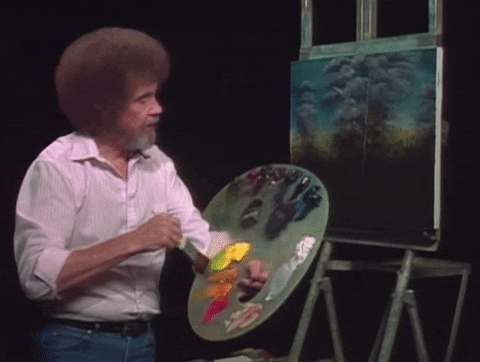
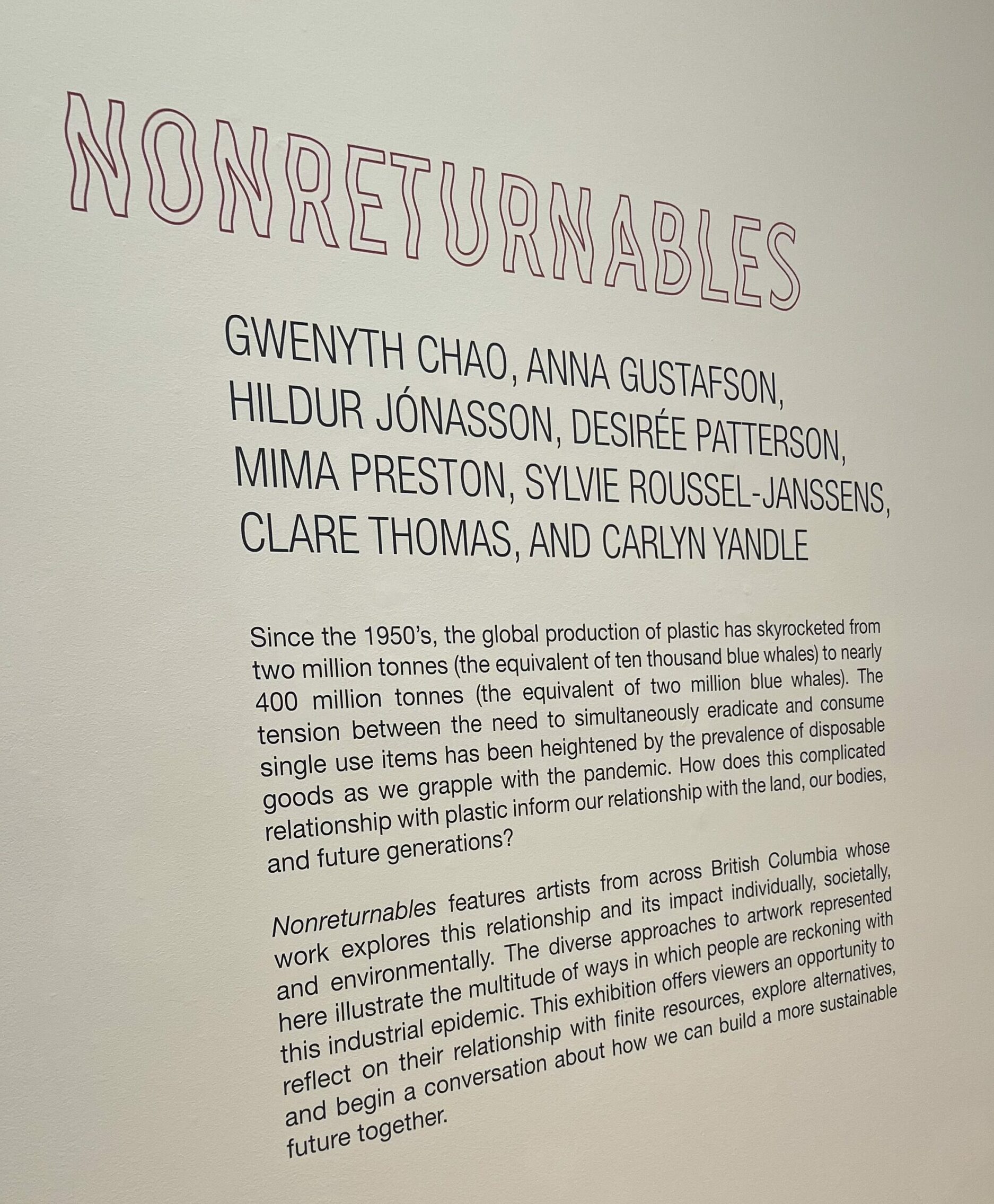
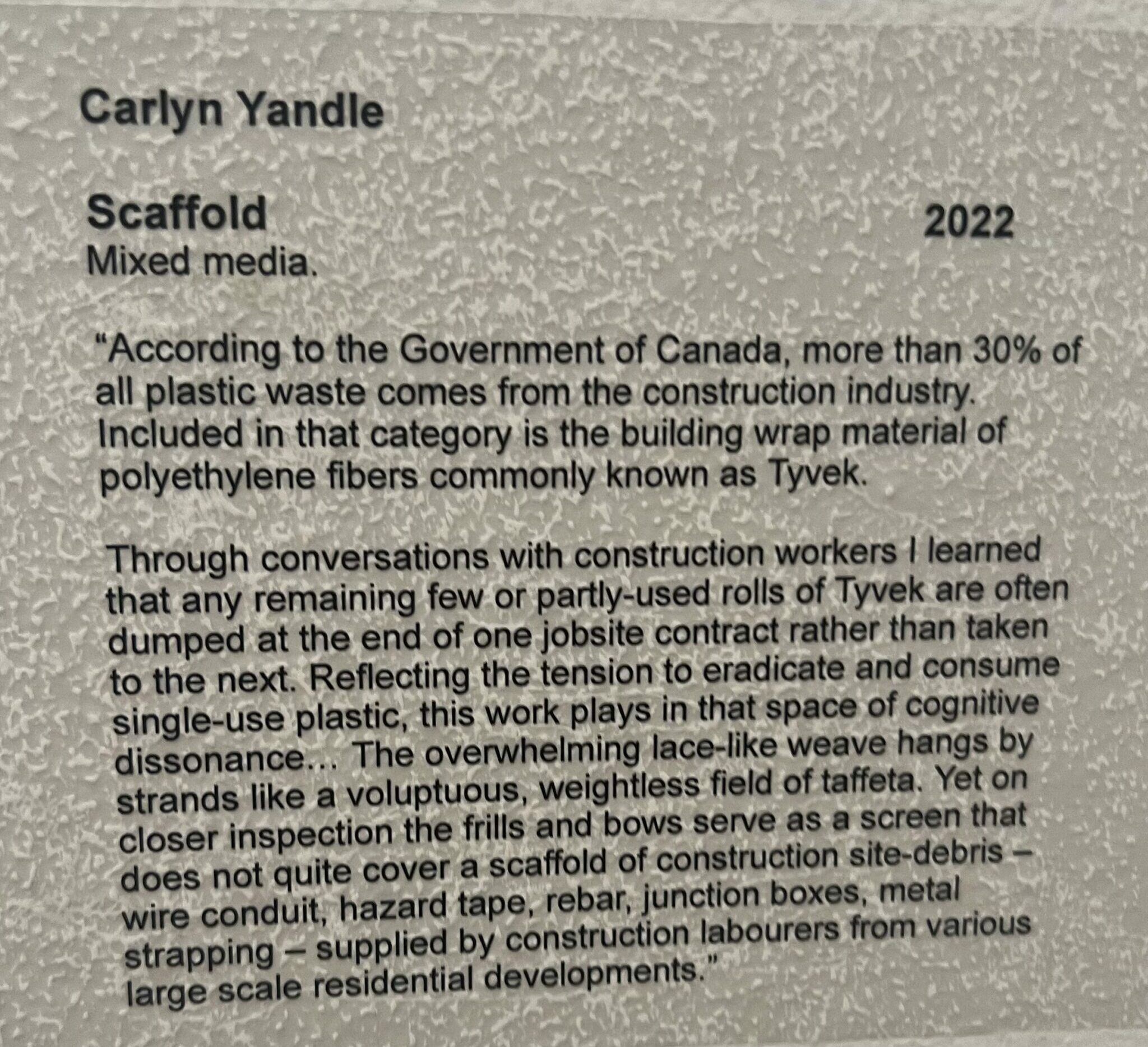
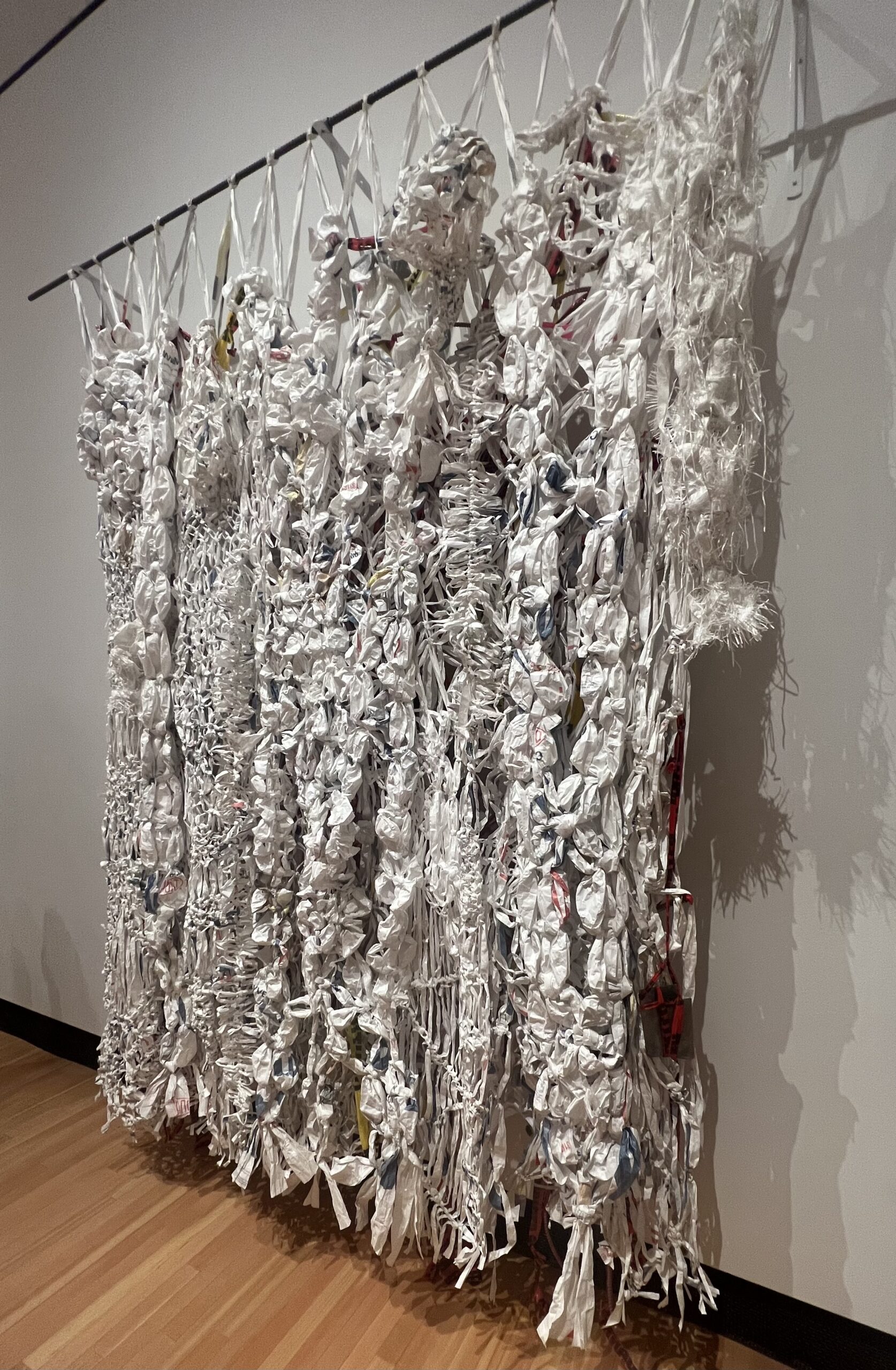
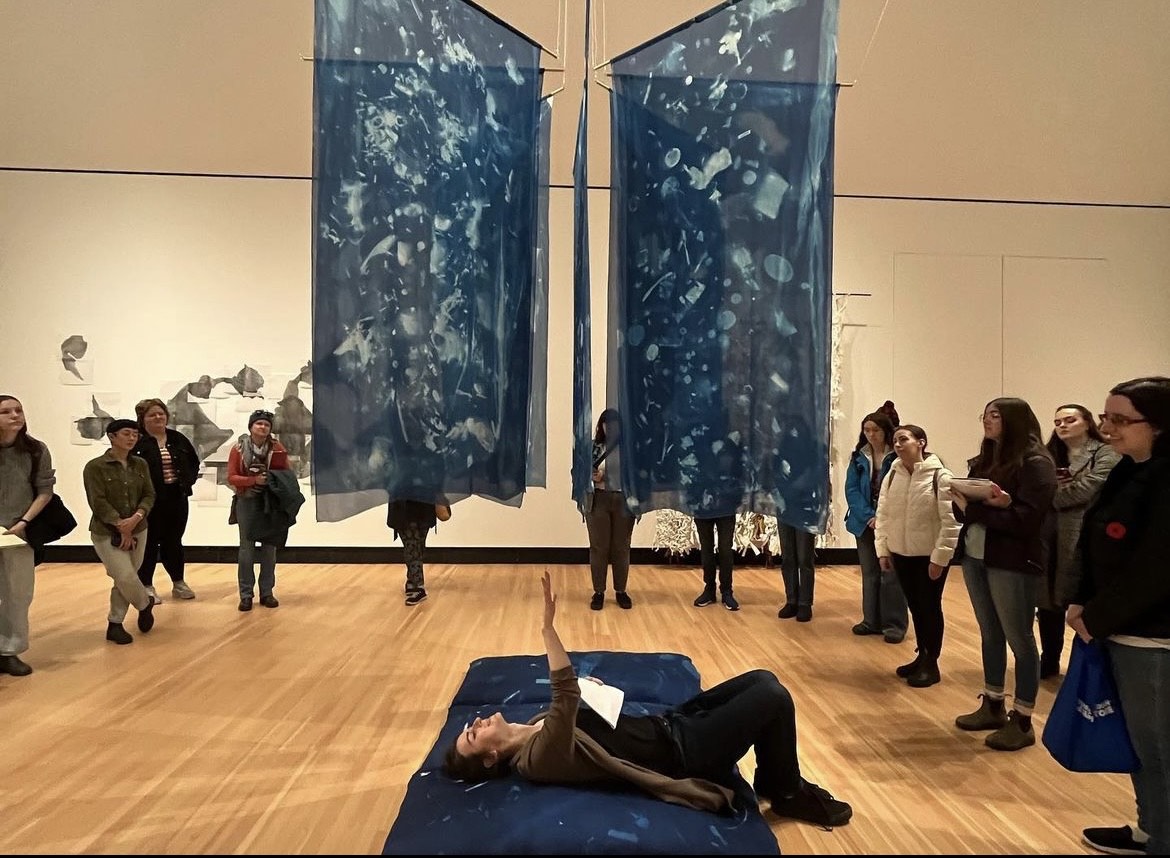
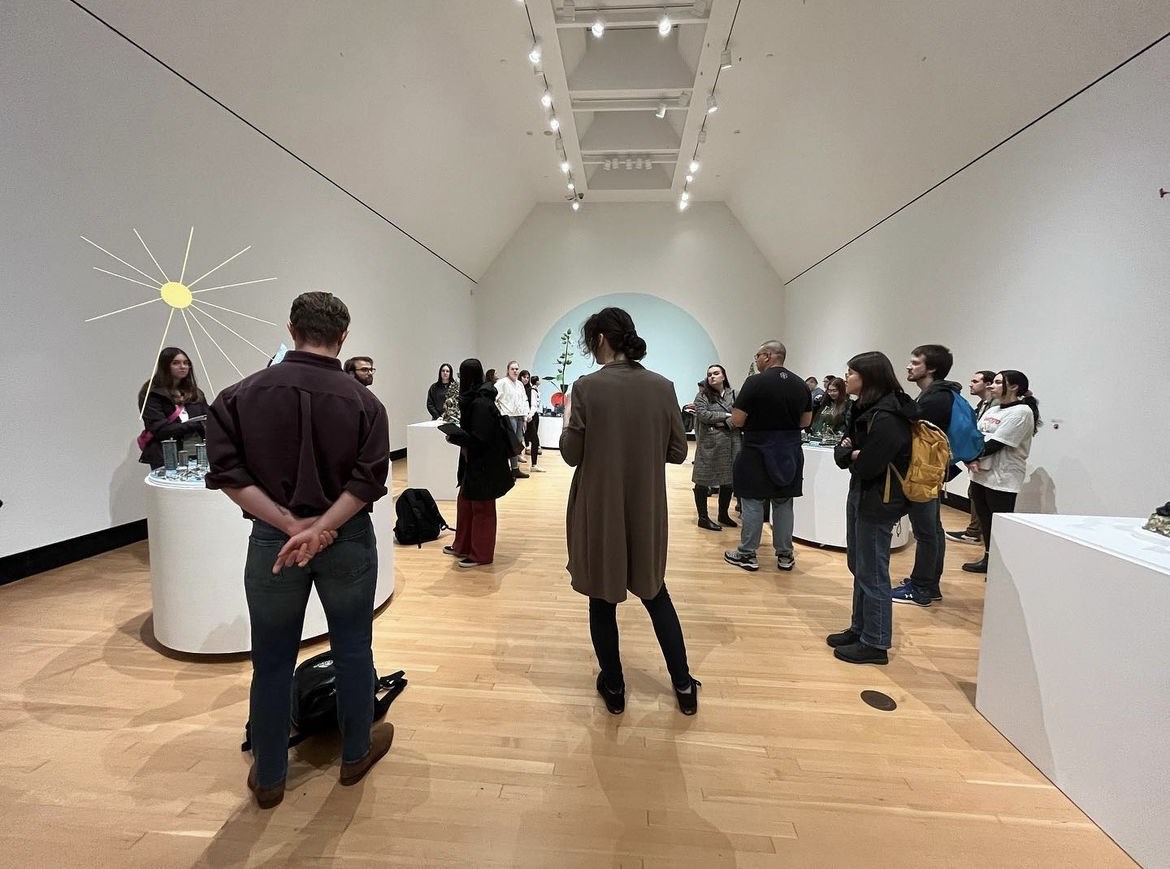
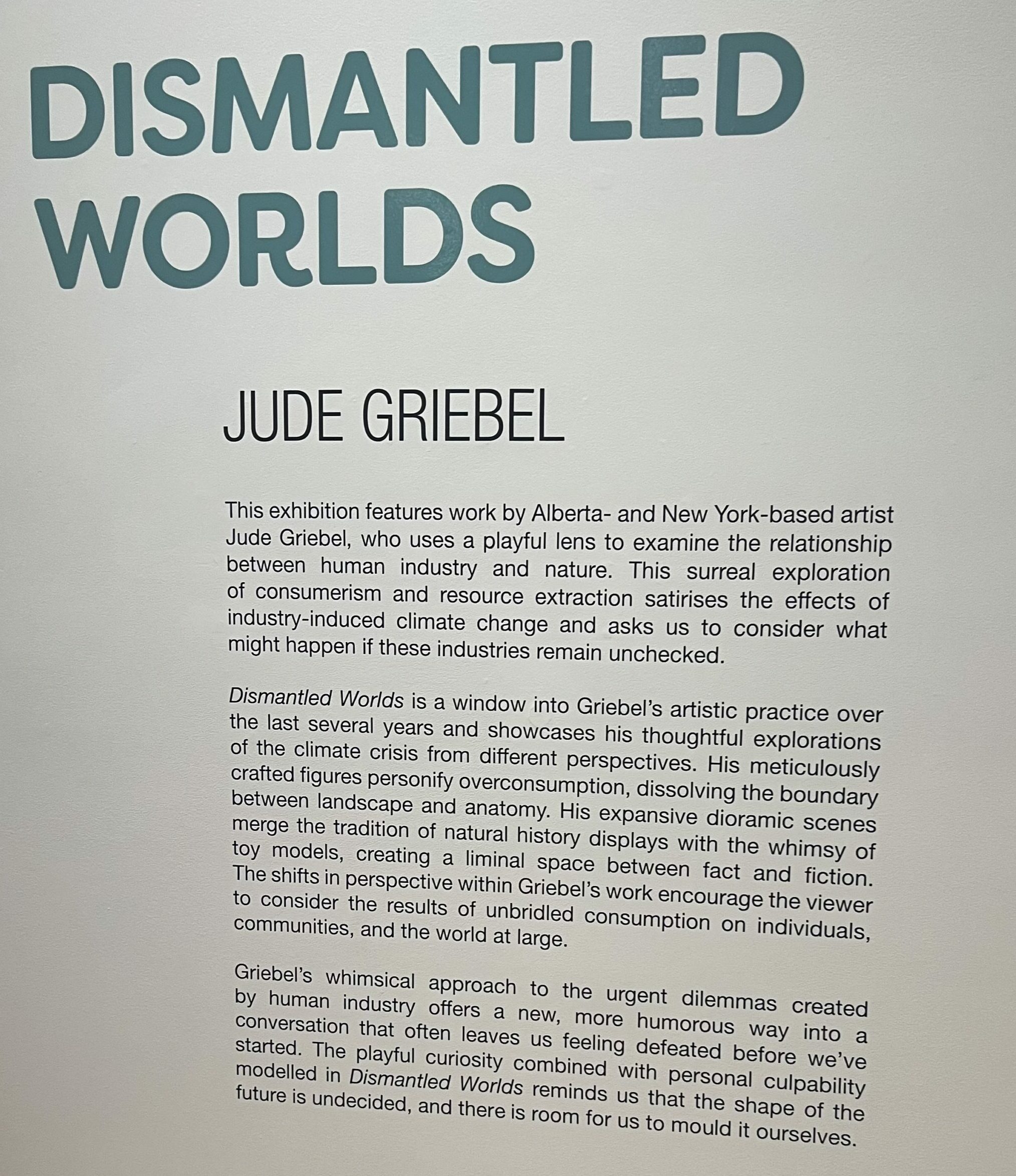
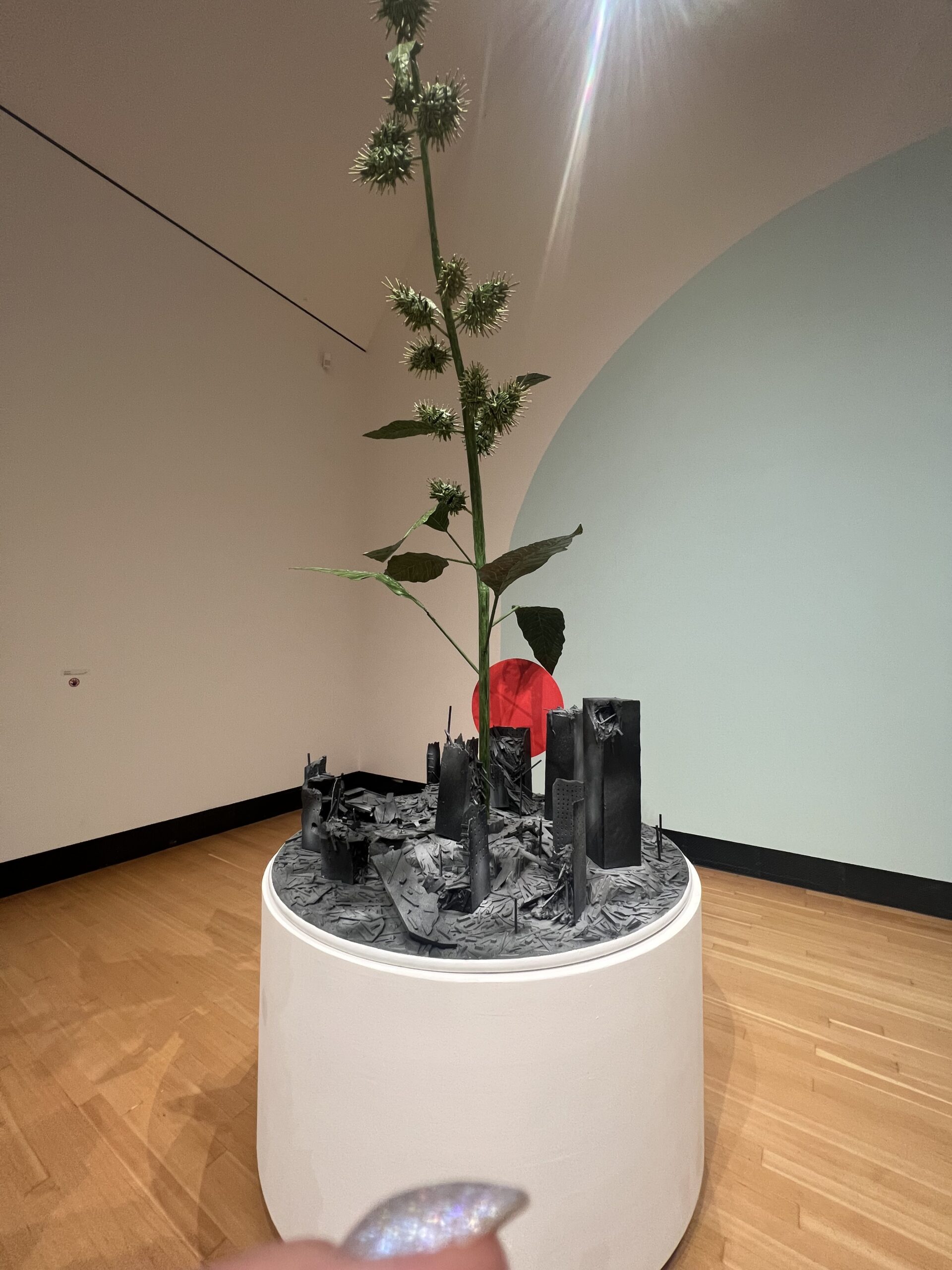
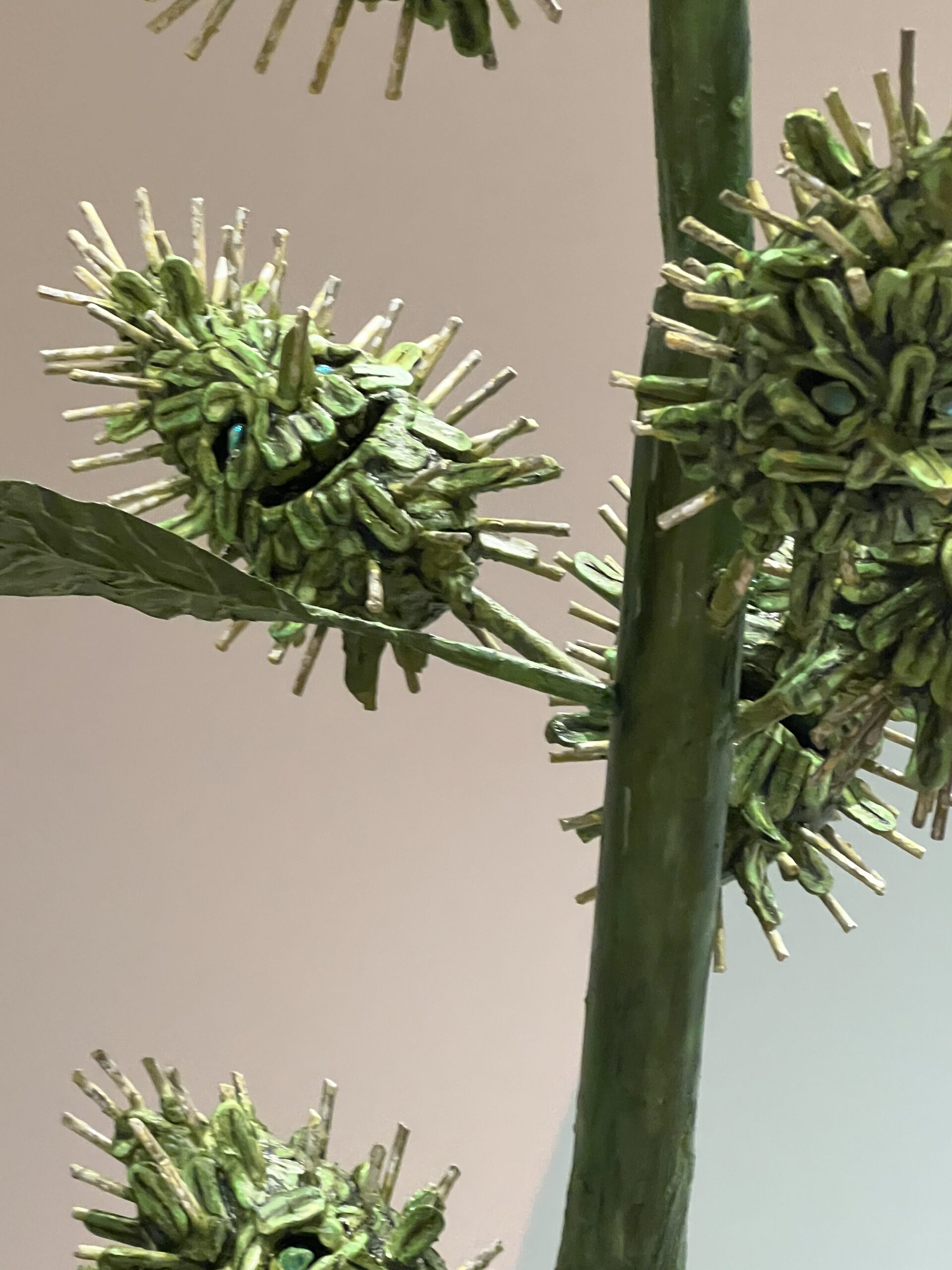
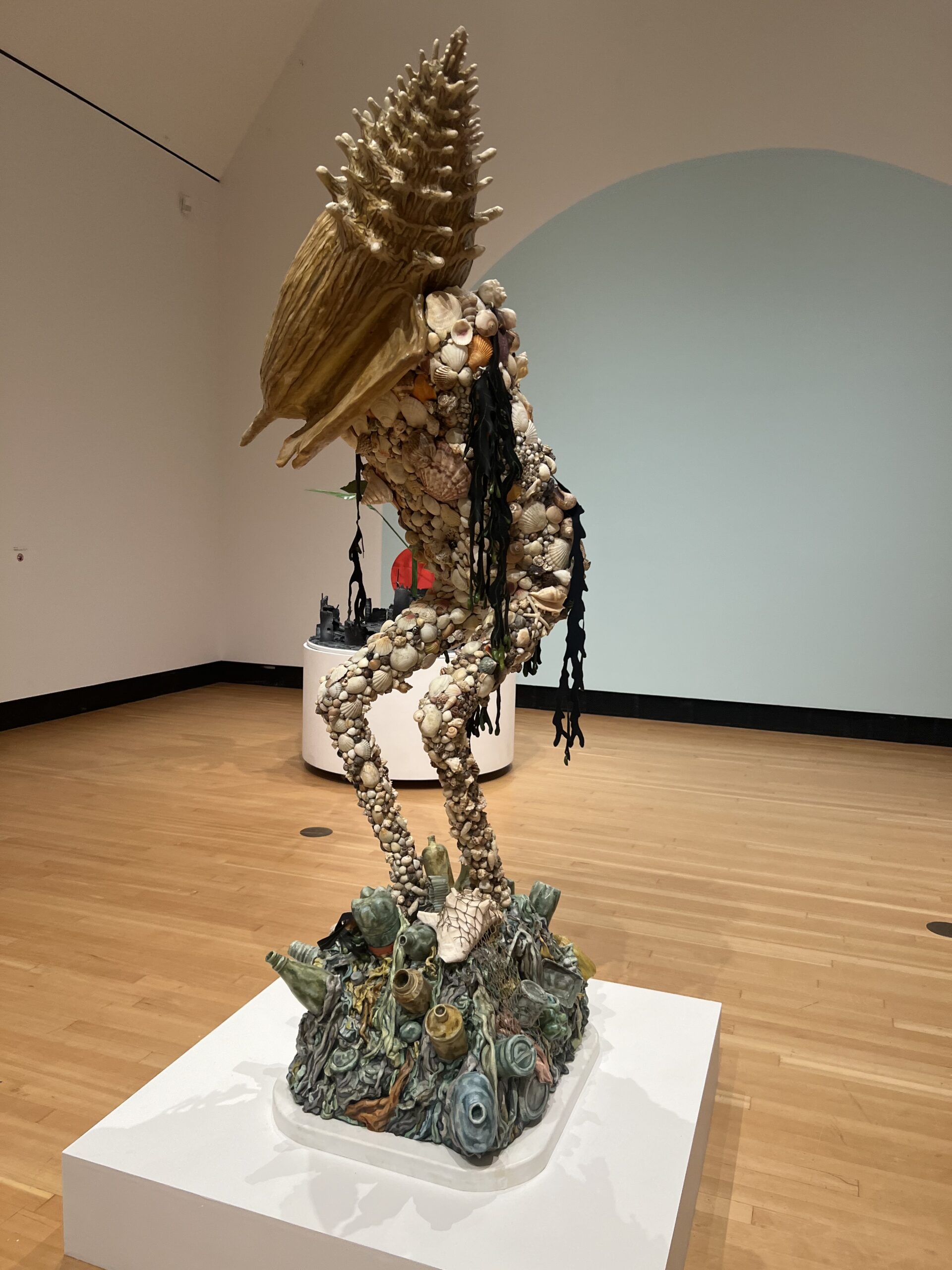
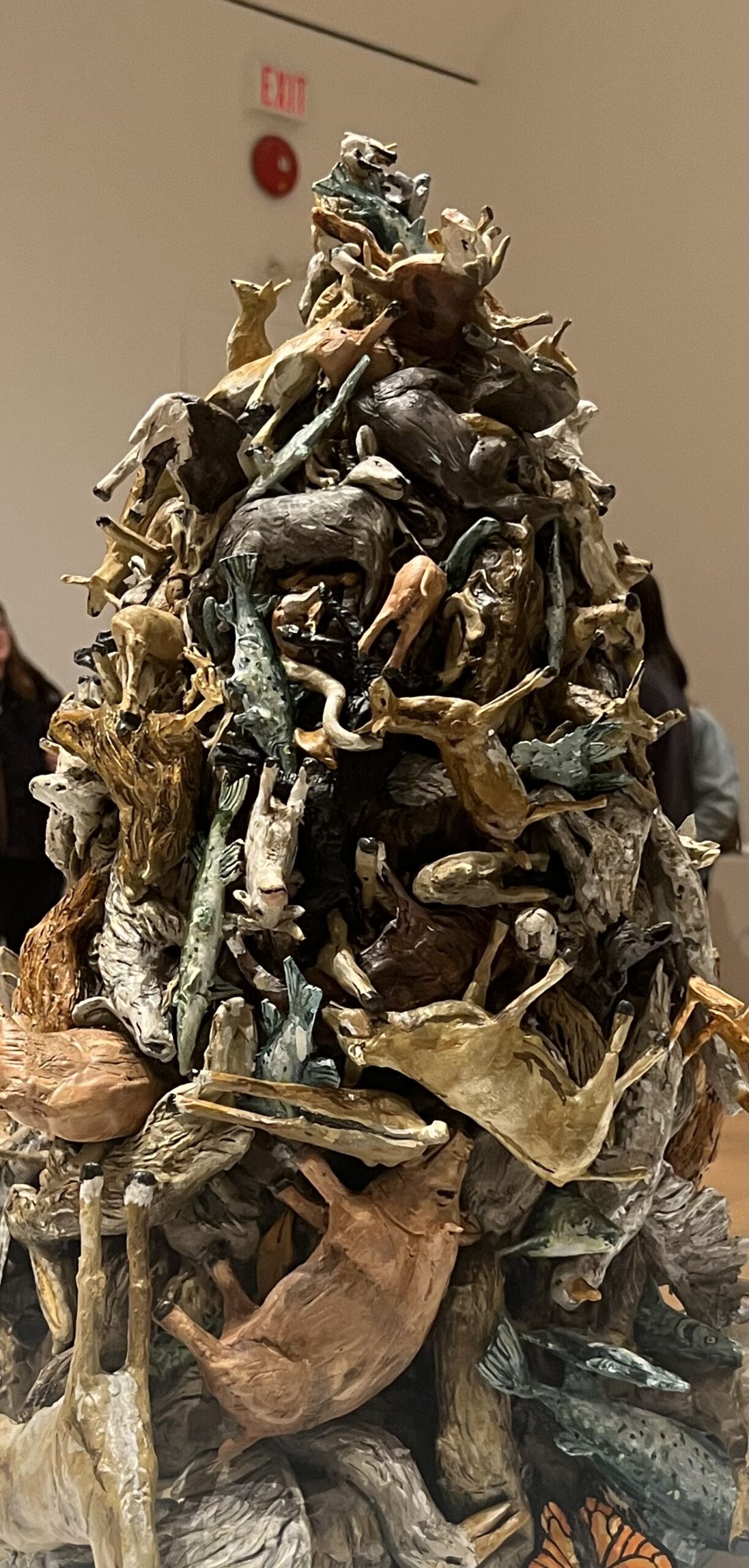
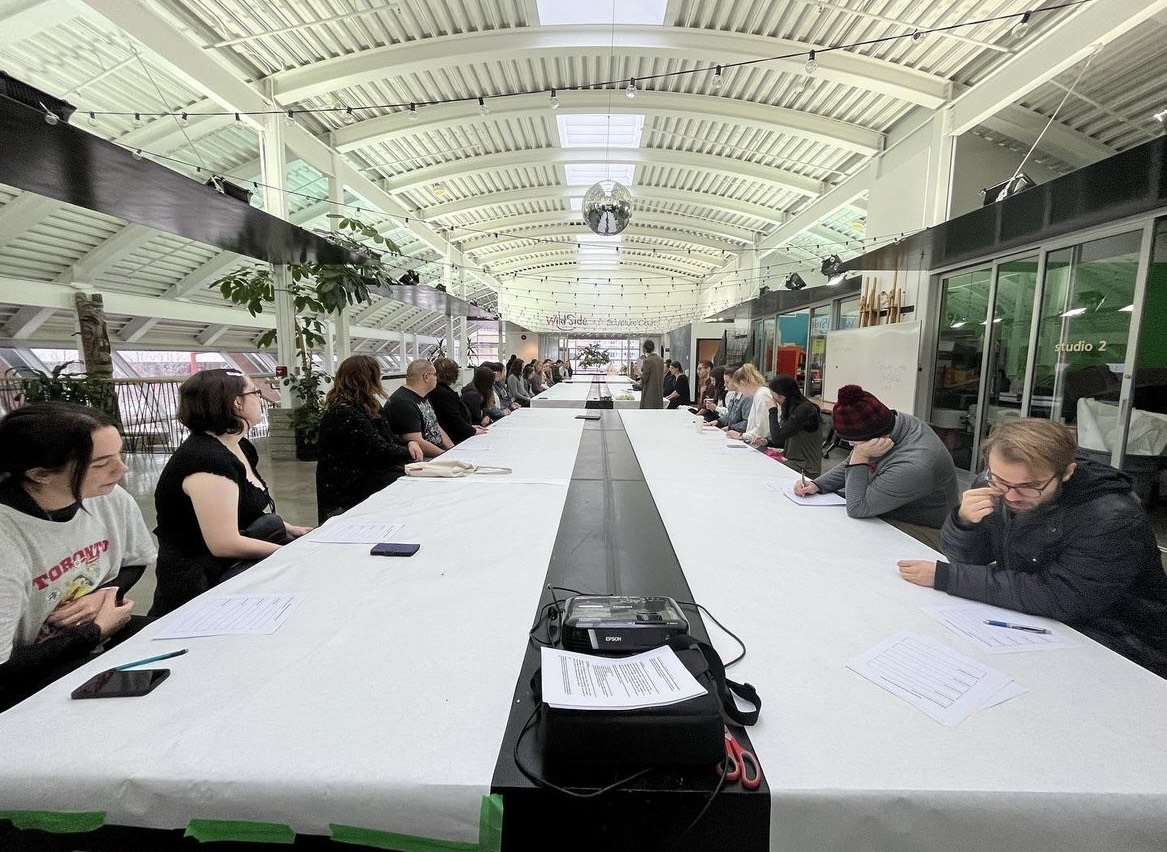

Leave a Reply